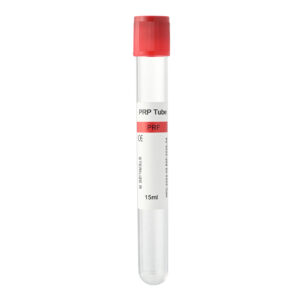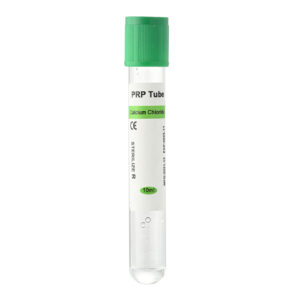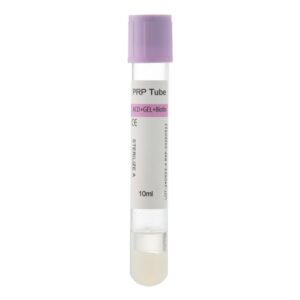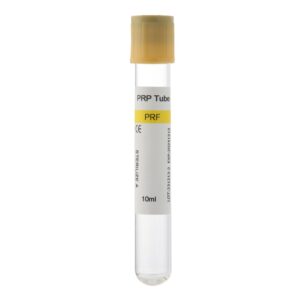How to Detect Bacteria in Water? In today’s society, water quality directly affects human health and environmental stability. This is especially true in the healthcare field, where monitoring waterborne microbes plays a key role in preventing infections and ensuring patient safety. This article explains common methods for detecting bacteria in water. It aims to provide readers with a clear scientific overview while offering professional guidance for medical consumable applications.
The Importance of Detecting Bacteria in Water
Water is the foundation of life, yet it often contains various bacteria, viruses, and other microbes—some of which can cause infectious diseases. In medical institutions, maintaining strict water quality standards is crucial to prevent hospital-acquired infections and protect patients. Accurate bacterial testing not only helps identify potential contamination early but also provides reliable data to support water treatment and environmental protection efforts.
Traditional Culture Methods
Traditional culture methods remain the most widely used technique for detecting bacteria in water. This method uses a growth medium that provides a suitable environment for bacteria. After a set incubation period, technicians count the resulting colonies to estimate the number of bacteria present.
Procedure:
- Sample Collection: Collect water samples in sterile containers to avoid external contamination.
- Sample Preparation: Dilute the water sample as needed.
- Inoculation and Culturing: Place the prepared sample onto a specific culture medium.
- Incubation and Observation: Incubate at the appropriate temperature for 24 to 48 hours.
- Result Interpretation: Calculate the total number of bacteria based on colony growth.
Pros and Cons:
- Advantages: This method is well-established, straightforward, and easy to perform.
- Disadvantages: The process takes a long time, and some hard-to-culture bacteria may be missed.
Rapid Detection Techniques
To shorten the testing period, rapid detection techniques have gained popularity in recent years.
Common Methods:
- Enzyme Activity Testing: Detects color or fluorescence changes triggered by bacteria-specific enzyme reactions.
- Fluorescent Dye Methods: Special dyes are used to label bacteria directly, allowing for quick observation under a fluorescence microscope.
Key Points:
- Results are available within a few hours.
- The method is simple and suitable for on-site testing.
- It may require complementary methods to ensure both sensitivity and accuracy.
Molecular Biology Methods
Molecular biology methods identify bacteria through nucleic acid amplification techniques.
PCR Technique:
- Uses specific primers to amplify the DNA of target bacteria, offering high sensitivity and specificity.
- Detects low concentrations of pathogens quickly and can also differentiate between bacterial species.
Limitations:
- Equipment costs are high.
- This method demands strict laboratory conditions and skilled operators.
- Large-scale on-site testing remains challenging.
Technical Innovation and Application of the Specialized Dilution Method Detection Tubes
Among various techniques for detecting bacteria in water, the company offers a series of detection tube products that use a specialized dilution method. This method uses a precise dilution process to reduce interference from high concentrations of bacteria, enabling accurate counting of low-concentration bacterial populations. The company provides the following products:
1. Product Overview and Key Advantages
Product Types:
- Sulfate-Reducing Bacteria Detection Tubes: These tubes use a unique culture medium tailored to optimize the growth environment for sulfate-reducing bacteria. They effectively detect microbial indicators in anaerobic conditions.
- Iron-Oxidizing Bacteria Detection Tubes: Designed specifically for iron-oxidizing bacteria, these tubes promote rapid bacterial growth in the detection tube and quickly indicate potential corrosion risks in water supply systems.
- Total General Bacteria Detection Tubes: Equipped with a broad-spectrum culture medium and the specialized dilution method, these tubes accurately count various common bacteria. They serve a wide range of water quality monitoring needs across multiple industries.

Sulfate-Reducing Bacteria Detection Tubes
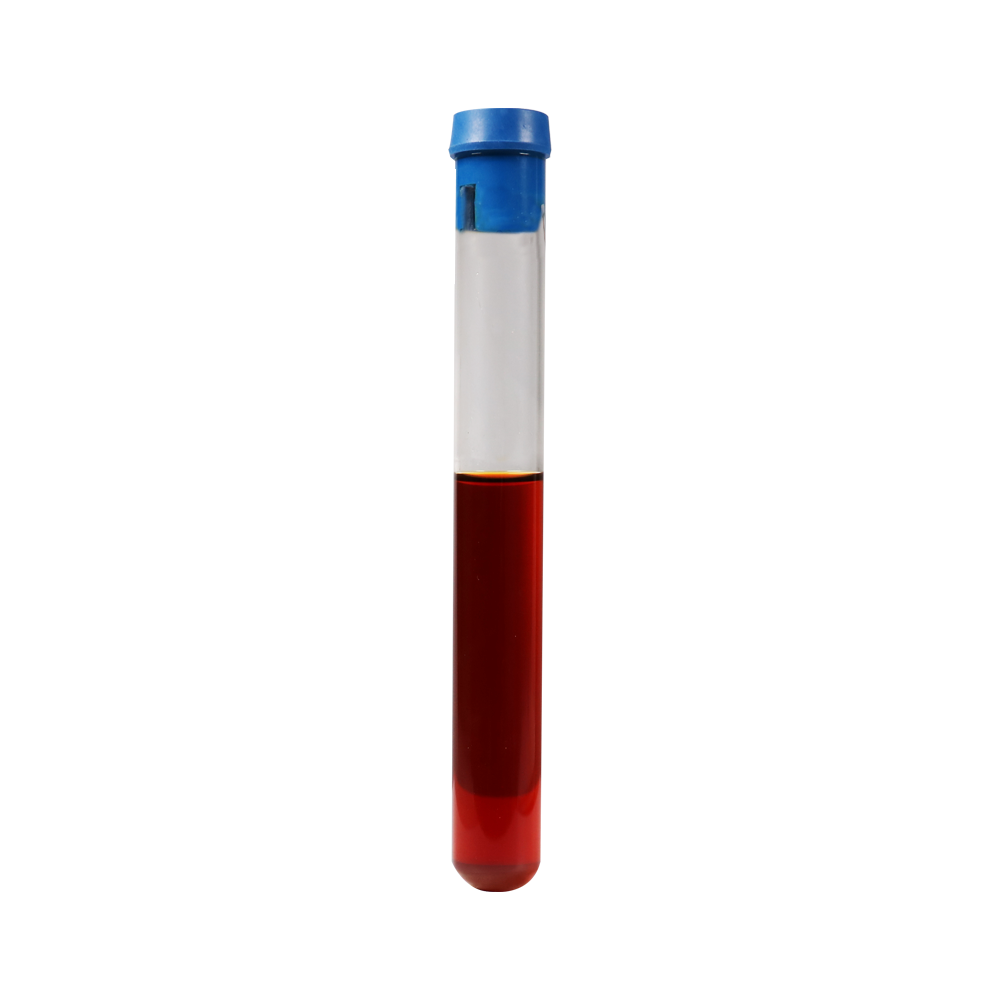
Iron-Oxidizing Bacteria Detection Tubes
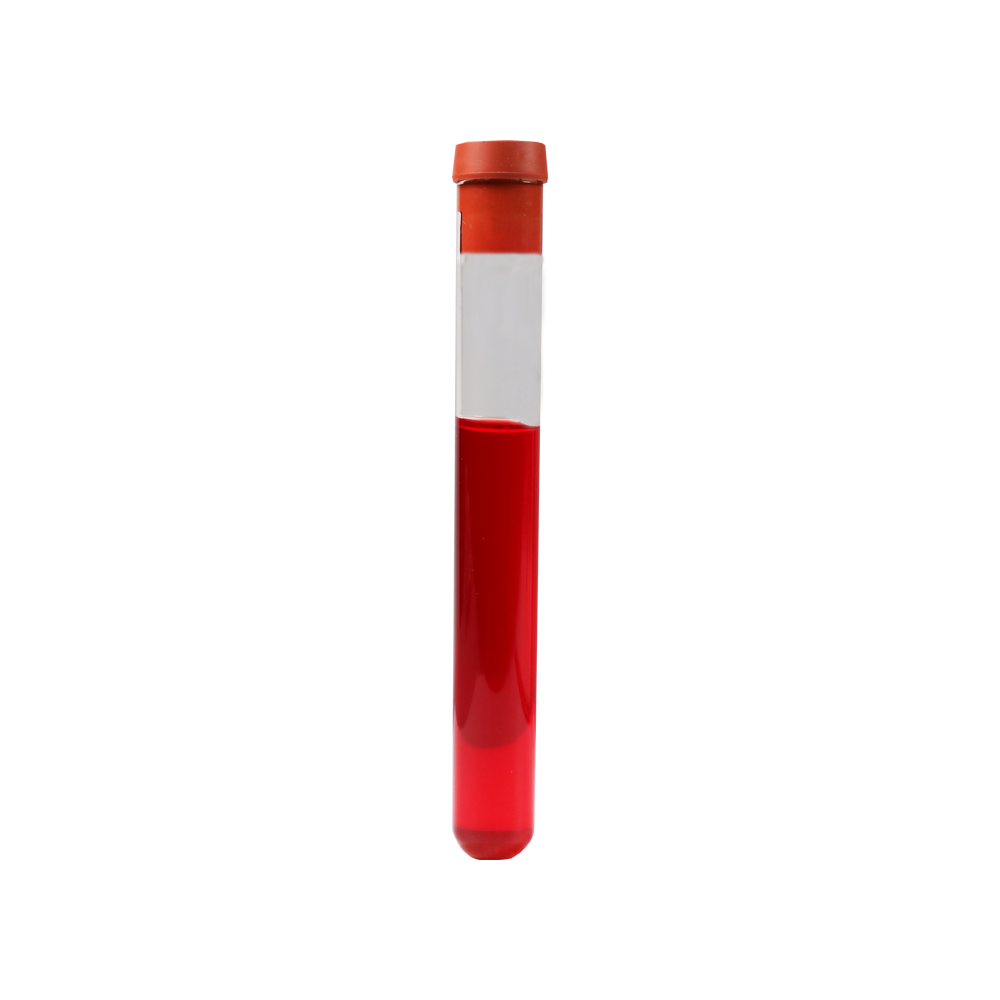
Total General Bacteria Detection
Tubes
Core Advantages of the Specialized Dilution Method:
- High Sensitivity and Accuracy: A scientifically determined dilution ratio significantly reduces interference, ensuring that even low-concentration bacteria are detected accurately.
- Standardized Operation: Each detection tube undergoes strict quality control, ensuring highly repeatable and reliable results.
- Clear, Direct Results: The optimized culture medium produces a distinct color change, making it easy for operators to quickly interpret the growth of bacterial colonies.
- Cost Efficiency: The process requires no expensive instruments and simplifies the testing steps, reducing overall costs and making it suitable for large-scale applications.
2. Technical Innovation and R&D Support
The specialized dilution method products result from years of accumulated technical expertise and practical validation. The product development team continuously refines the culture medium formula and dilution ratio to overcome issues such as overlapping colonies and uneven detection common in traditional methods.
Technical Breakthroughs Include:
- Tailored culture conditions and nutrient formulations for different bacterial species.
- The integration of several innovative techniques to ensure rapid and accurate detection.
- Compliance with international water quality testing standards enables these products to complement other detection methods across various scenarios.
Application Benefits:
- In healthcare, these products effectively monitor hospital water and cleaning water for surgical instruments, reducing infection risks.
- In environmental monitoring, they quickly reflect changes in waterborne microbes and provide timely data for pollution control.
- In industrial production, they safeguard the microbial safety of circulating and processed water, extending equipment lifespan.
3. User Feedback and Market Recognition
Feedback from renowned medical institutions, environmental monitoring agencies, and industrial enterprises shows widespread approval for these detection tube products. Users report:
- Stable and accurate detection results with high data repeatability.
- Simple operation that allows for quick testing even in on-site environments.
- A robust after-sales support system with timely technical assistance greatly improves water quality monitoring efficiency.
This product series meets rigorous testing requirements and has established a strong market reputation, becoming an essential tool for ensuring water quality safety.
Choosing and Applying Detection Methods
Different detection methods have their strengths and weaknesses. In practice, combining multiple techniques often provides a more complete picture of water quality.
Comprehensive Strategy:
- Medical institutions typically combine traditional culture methods with rapid detection techniques to achieve both accuracy and timeliness.
- In special cases, molecular biology methods can enhance sensitivity.
- The specialized dilution method detection tubes serve as a standard approach that delivers high precision while keeping costs under control and simplifying operations.
Practical Considerations:
- Follow established protocols for sample collection, storage, and testing to avoid external contamination.
- Regularly calibrate equipment and supplies to maintain reliable testing results.
- Choose the appropriate method based on testing goals, and use multiple methods if needed to ensure comprehensive and accurate data.
Final Thoughts
Water quality testing continues to evolve toward faster, more precise, and smarter methods. Traditional culture methods, rapid detection techniques, and molecular biology methods each offer unique benefits. The company’s specialized dilution method detection tube products stand out for their high sensitivity, standardized procedures, and cost advantages. They provide a reliable and scientific solution for water quality monitoring in healthcare, environmental, industrial, and other fields.

